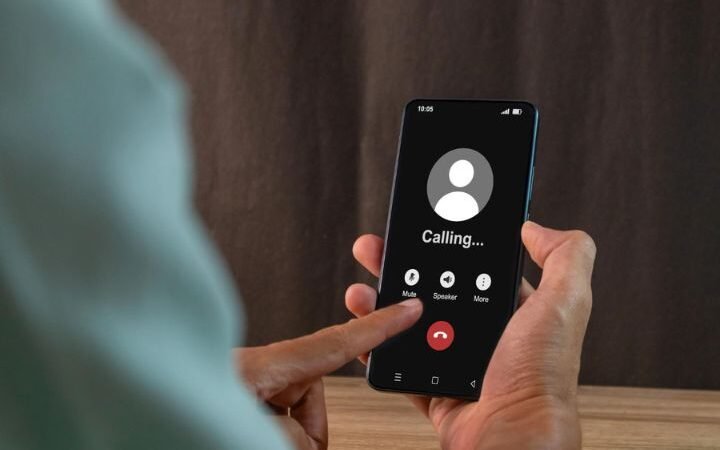E-commerce: Get To Know Your Potential Customers. 4 Types

Copywriting is an approximate science. There is no “a priori” valid way to write for the web; no magic recipe can tell you if the way you are writing will convert your visitors into customers. This is for several reasons. First of all, because your business is unique, i.e., it addresses a specific niche of people who share similar interests, ways of thinking, and living.
So if you have a site that sells fishing equipment, in your blog, you will have to use language that is decidedly different from that of e-commerce that sells antiques.
But there’s more. To retain a user, you must be able to get in tune with him, speak his own language, and reason with the same logic as him. Only in this way will your readers think you are speaking directly to them, not to a “generic” reader.
I want to introduce you to 4 types of readers: Competitive, Methodical, Humanist, and Spontaneous. Each of these types requires a particular type of approach to writing that you will need to apply to your blog, landing pages, and website pages.
Only you will be able to know which type your visitors fall into. How? Testing, testing, and more testing! Once you understand the right way to approach them, you will see that you will be able to create engagement and be rewarded for your efforts.
Competitive
The competitive user constantly seeks useful information to understand better, do better, and be at the forefront of a given topic.
For this type of visitor, use titles and subtitles that immediately highlight the advantages and benefits of your business and characterize your offer as exclusive and innovative. Only in this way will you be able to capture his attention and push him to continue reading.
Methodical
The methodical user is picky. He often has several tabs open on the browser to compare your offer in real-time with that of the competition, and he is a lover of numerical data and details.
If you think that part of your audience is made up of “Methodical,” try to explain your offer in detail. Include graphs and numerical tables, and for each product, create reviews in which you highlight the strengths and technical characteristics. Remember that if the methodical user doesn’t find the details they need to buy, they will leave your site and look for the product elsewhere.
For this kind of user, it is very effective to activate a live chat on the site to allow him to resolve his doubts (and annoy you a bit :-)) At any moment of the purchase process.
Humanist
If the methodical is more interested in numbers and details, the humanist is primarily concerned with the human aspect of electronic commerce. With this type of user, he tries to emphasize your customer care, the message that must reach him is that he can count on qualified pre- and post-sales assistance. In a certain sense, he needs to be loyal and enter into a relationship with his seller.
Maintain an informal tone and keep them updated on industry news through targeted newsletters and educational marketing activities. Show yourself as a source of information first, and don’t force him to buy.
Spontaneous
Spontaneous visitors are the least patient of all, so you need to be very careful with them: just one misstep and poof! They leave your site, and you never see them again.
As soon as they land on your page, the timer starts. In about 5 seconds, they have to understand what you are offering them and what advantage they can get. They, too, like the methodical ones, navigate with several windows open, not to compare the offers minutely, but to close those pages that have exceeded the 5 seconds and open new ones.
They only have time to read your entire story, testimonials, and blog. Study a specific strategy for them: provide short and concise headings and use effective bullet points to clarify your Unique Value Proposition.
Which strategy to adopt? 2 models
Obviously, it would be too convenient to deal with a single type of user! Once you learn to analyze your target, you’ll realize that part of it comprises competitors, and another part is methodical, humanistic, and spontaneous.
So try to set up a communication campaign that can satisfy the most significant number of people, but above all, always keep the flow of users monitored to understand the general trend.
For example, you can formulate clear and concise Value Propositions to capture the attention of “spontaneous” readers and simultaneously insert boxes or in-depth links to meet the needs of the more “fussy.”
For convenience, we can group the four types of users into two macro-categories:
- the INTUITIVE (Competitive + Spontaneous)
- the RATIONAL (Humanist + Methodical).
There are different models of thought at the base, explained in detail in a study conducted by Brown University. In summary, both intuitive and rationals are more likely to buy when they have enough information about the product.
The difference is that Intuitive already think they know the product, so as they read detailed explanations, they realize that things are not as they thought, and they change their opinion on what they would have bought. So if your tests indicate that you are dealing with such users, set your communication on short, concise, and reassuring pages.
And what about landing pages? Is it better to make them long or short? Full of details or succinct? Here too, there is no single answer, and since it is the target audience that decides the effectiveness of your campaign, everything and the opposite of everything can be demonstrated.
I’ll give you two examples.
- Crazy Egg (which I highly recommend you use for click analysis on your site) managed to increase the conversions of its landing page by 30% by increasing its length by 20 times!
A cliché has accustomed us to the idea that people can no longer concentrate. In reality, as the example demonstrates, there are no “too long” a priori pages, but only “too boring.”
In the case of Crazy Egg’s homepage, visitors have shown that they want their countless questions answered before signing up for the service, and a lengthy explainer page is just the thing for them. This is a typical example of “rational users.”
- Now, let’s see an opposite example of a page mainly visited by “Intuitive Users.”
In this case, the A/B test showed greater effectiveness of the short (control) landing page than the long one. The first tells a simple story of a satisfied and smiling customer with the product, with a transparent and concise explanation of why that product works.
This was in line with user preferences, which required a simple, intuitive explanation of why that product should be for them and how they would feel about buying it.
Adding details, testimonials, and statistics on why to buy the product (long landing page) proved harmful in this case: it ruined the “emotional connection” created by complicating the general message.
Conclusions
Get to know your potential customers; only in this way will you be able to adopt a winning sales strategy. If resources permit, always test each landing page against a longer/shorter version; what kind of target you are dealing with will be much clearer!
In any case, give precedence to intuitive (competitive-spontaneous) thinking. People tend to be in a hurry on the web, and it’s generally how most people approach e-commerce.
If your business needs explanations and further details to be understood, first set up a general summary (title + bullet points + contact form), then, as you scroll down the page, insert the additional elements.
Give it a try, and if you like, share the results in the comments below!
Also Read : From GA3 To Google Analytics 4: How To Deal With The Migration


